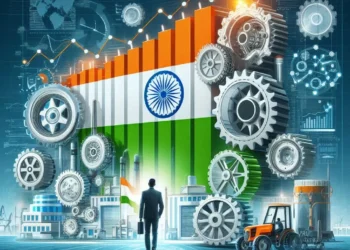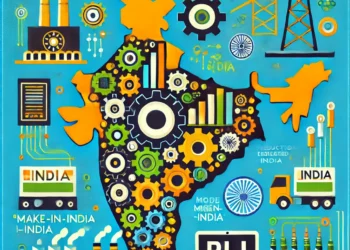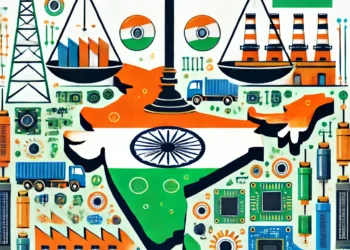The fundamental objectives of the Indian PLI (Production-Linked Incentive) Policy are well-established: to foster Foreign Direct Investments (FDI), generate employment opportunities, accumulate valuable foreign exchange reserves, and, crucially, stimulate domestic value addition. It is imperative to emphasize that the achievement of the former three objectives is intricately linked to the latter. Without the substantial creation of local value, the realization of any of the aforementioned goals becomes unattainable. The Government of India (GOI) explicitly acknowledges this fact and is diligently exploring every available avenue within the existing constraints to fulfill this pivotal objective. The essence of this discussion revolves around identifying these constraints and elucidating how the PLI policy is being meticulously structured to surmount them.
The Background
The First WTO Case
In 2018, the USA initiated a WTO dispute against India, contesting government incentives designed to boost exports. The schemes in question are as follows:






